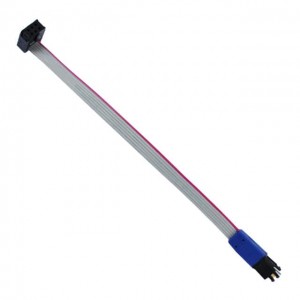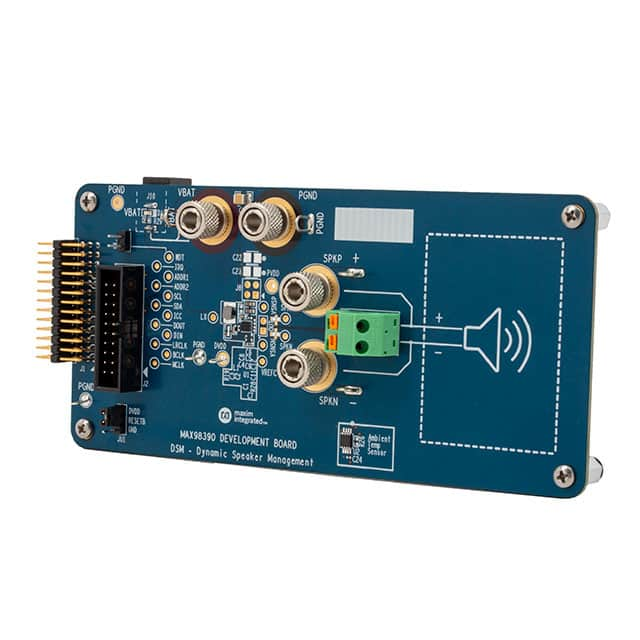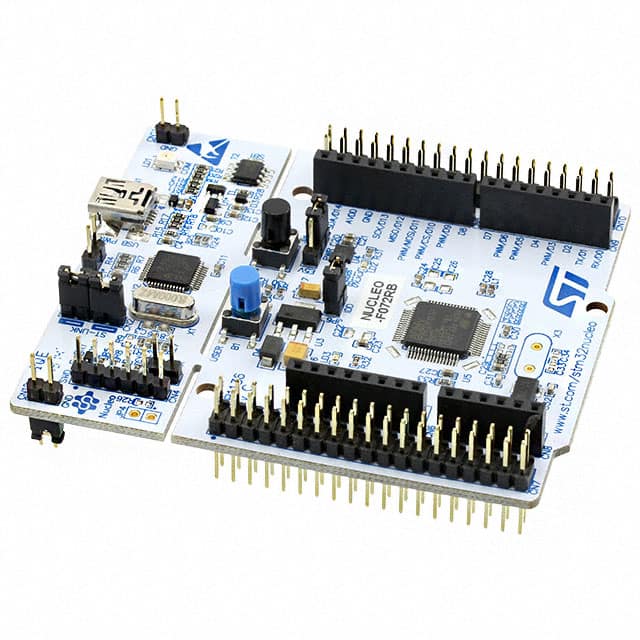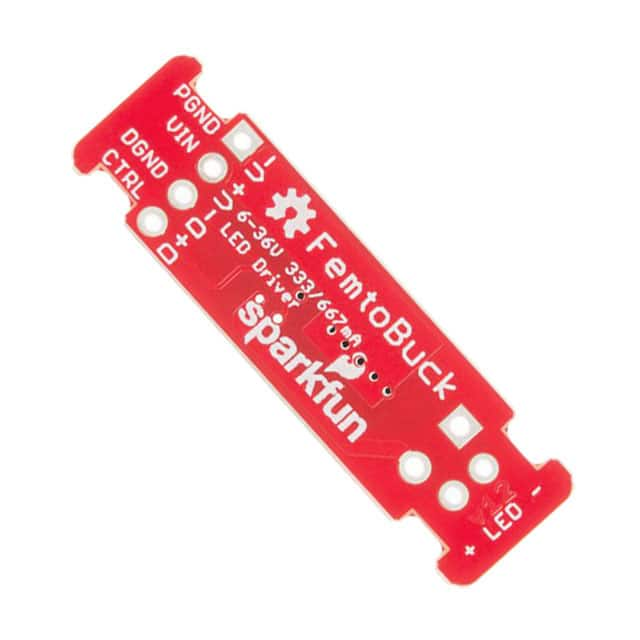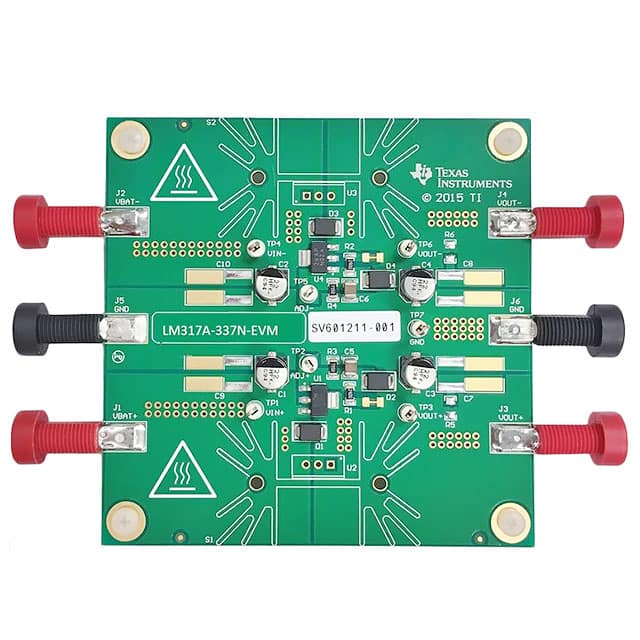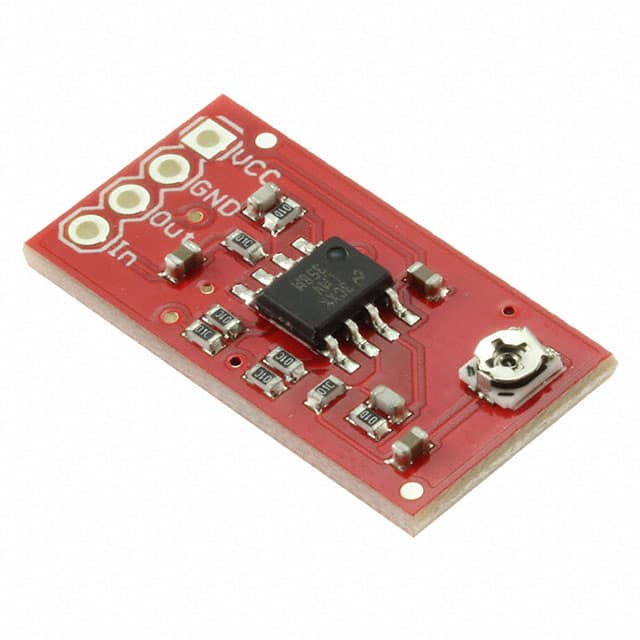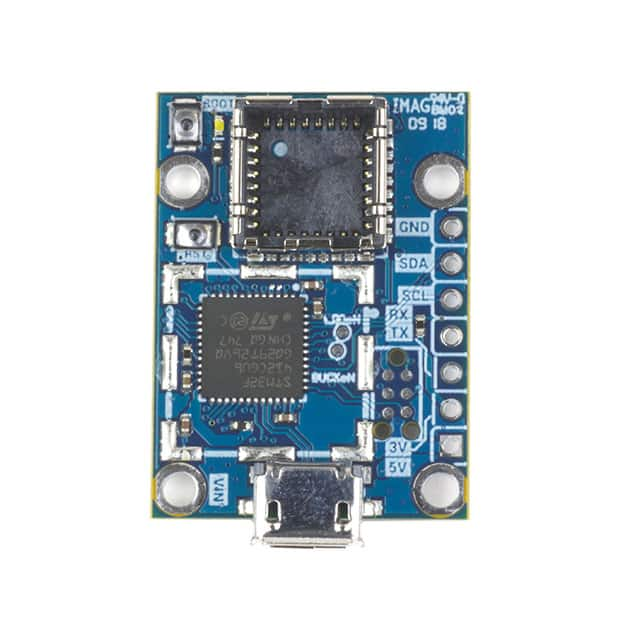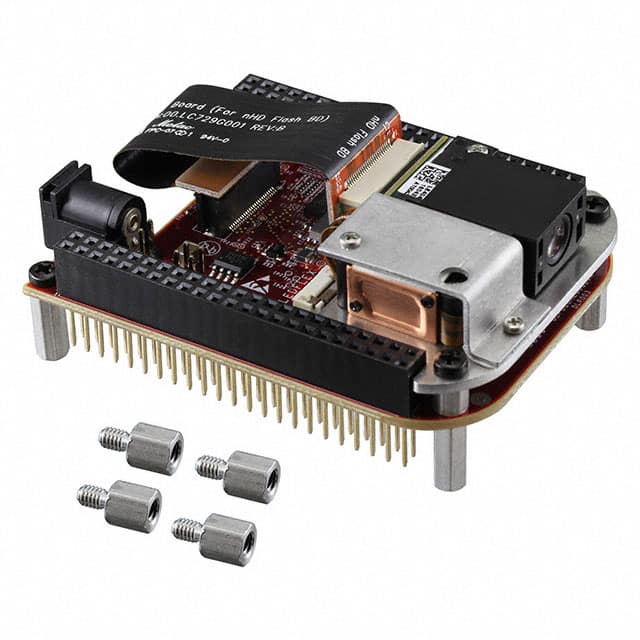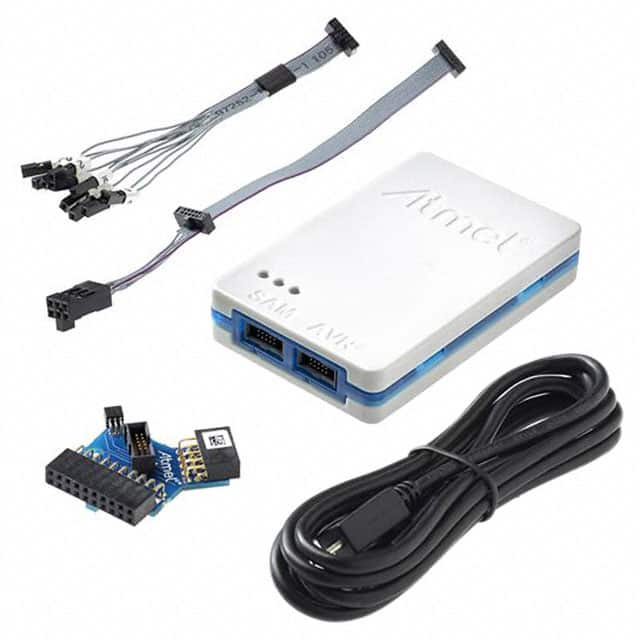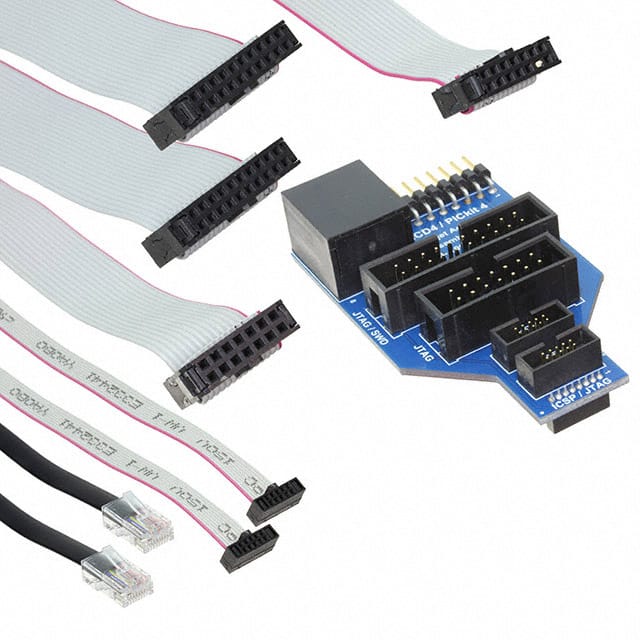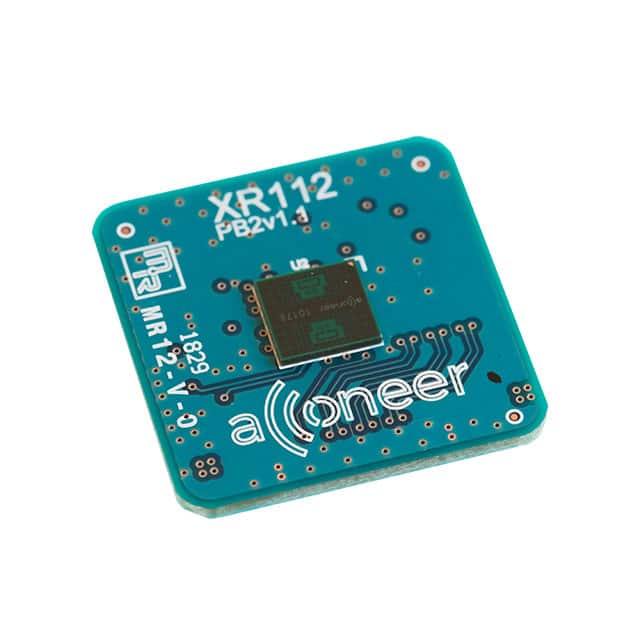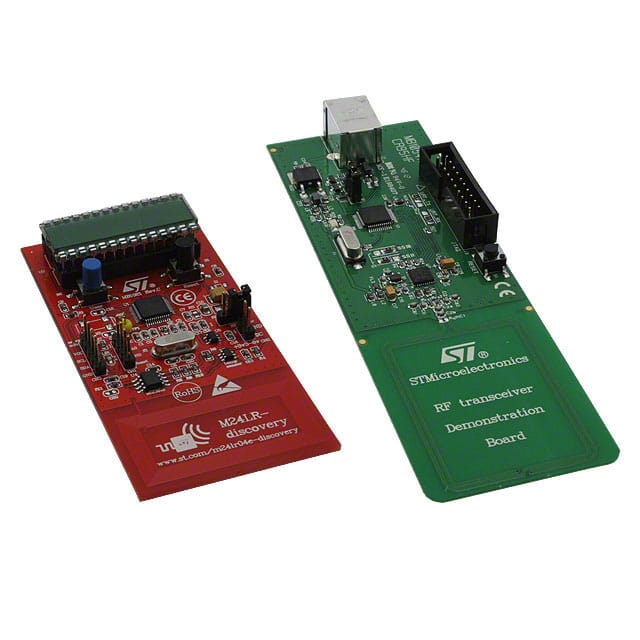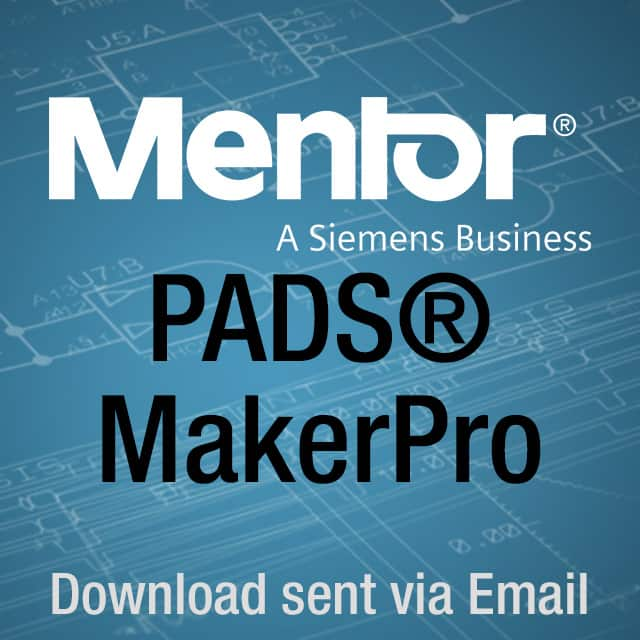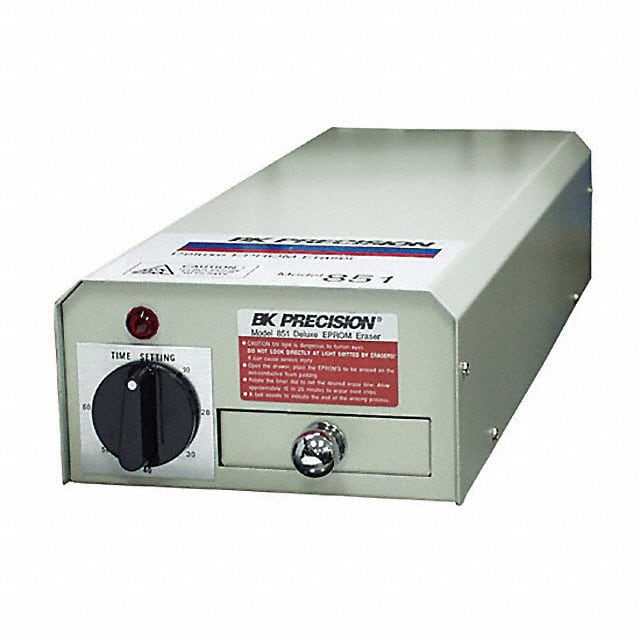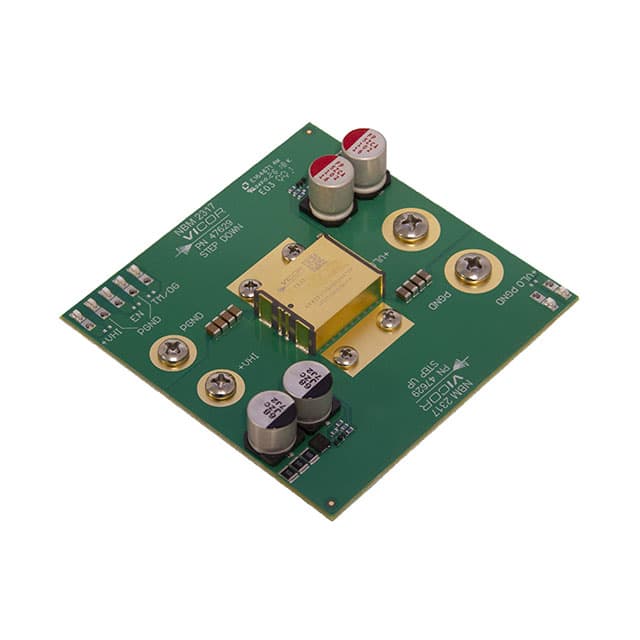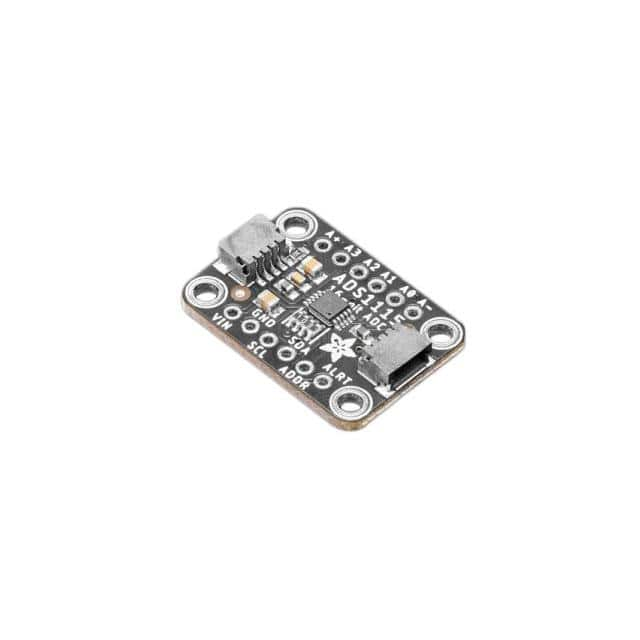
Evaluation Boards - Analog to Digital Converters (ADCs)
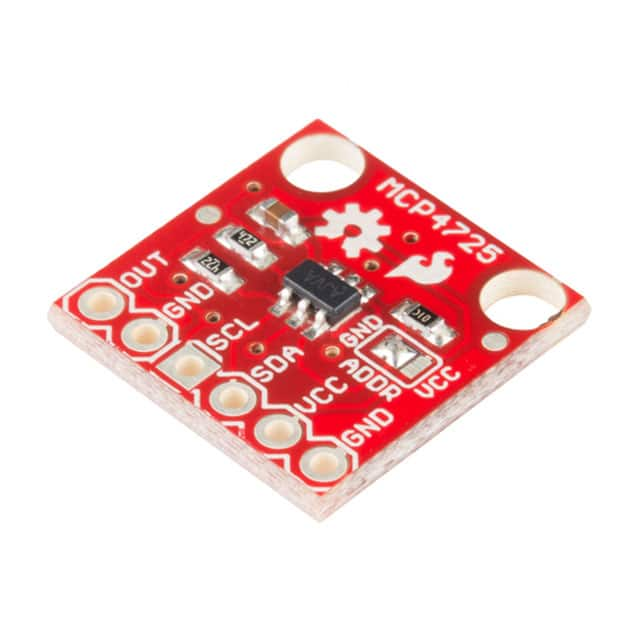
Evaluation Boards - Digital to Analog Converters (DACs)
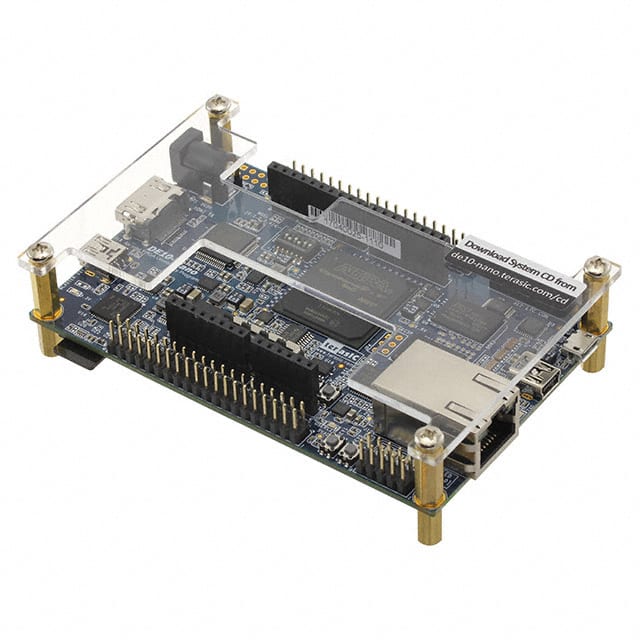
Evaluation Boards - Embedded - Complex Logic (FPGA, CPLD)
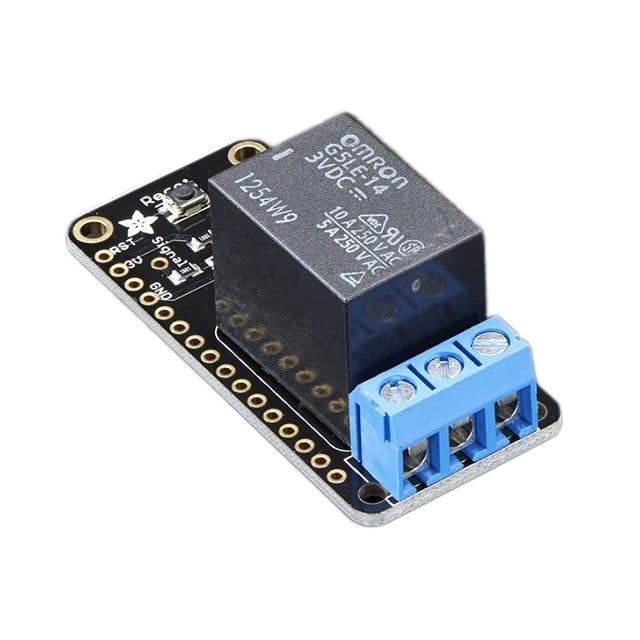
Evaluation Boards - Expansion Boards, Daughter Cards
Development board, kit, programmer definition
Development board: Like an electronic test bed with various gadgets that allow you to create and test prototypes of electronic devices or programs. This is your electronic "toy".
Kit: A kit is like a bag of tools that contains various items to help you complete a specific electronics project. It's like a set of magic tools that make it easier for you to do specific electronic jobs.
Programmer: A programmer is a device that connects to a computer and helps you transfer your program or code into the electronic device, much like writing a book into the brain of the electronic device.
How development boards, kits, and programmers work
Development board The development board contains key components such as processor, memory and input/output interfaces. When you write programs and upload them to the development board, the development board loads and executes those programs.
You can control and monitor applications on the development board using a computer or other device connected to the development board. The operating principle of the development board is to run your program and communicate with external devices through these internal components.
Kits: Kits contain tools and hardware resources such as sensors, modules, and sample code. These tools work by providing a comprehensive set of resources that developers can easily integrate with their own projects.
Developers can use elements from the suite to build, test, and improve their Electron applications to achieve the specific goals of the project.
Programmer: A programmer is a hardware device that connects to a computer and communicates with the target electronic device through a programming interface. The programmer acts as an intermediary when loading the compiled program into the target device.
A programmer works by transferring program code from a computer to a target device, usually through a standard communication protocol, so that the target device can execute the program.This provides a way for developers to deploy their custom code into electronic devices
Types of development boards, kits, and programmers
Development board:
Universal development board
Embedded development board
FPGA development board
Microcontroller development board
Kit:
sensor kit
Machine Learning Suite
wireless communication kit
Robot Kit
Embedded kit
Compiler:
Universal programmer
Special programmer
Online programmer
parallel programmer
Which development boards, kits, and programmers are most commonly used?
The most commonly used development board is the Raspberry Pi. The Raspberry Pi is a small computer board that is widely used in various embedded projects, education, and prototyping. It has powerful computing power and rich input and output interfaces, and is suitable for a variety of application fields.
The most commonly used kit is the sensor kit. The Sensor Kit contains a variety of sensors and modules that can be used in IoT, embedded systems and data acquisition projects. These kits offer a rich selection of sensors to help developers sense and monitor a variety of environmental conditions.
The most commonly used programmer is the universal programmer. Universal programmers have broad compatibility and can be used with many different types of chips and microcontrollers. They are commonly used tools by developers for burning programs, configuring chips, and debugging.
How development boards, kits, and programmers interact with each other at work
Development board: A development board is a hardware platform that usually includes components such as a processor, memory, and input/output interfaces. Development boards can be used to test and verify software and hardware designs to ensure they work as expected.
Development boards usually have a development environment on which developers can write, debug, and test code. They serve as a laboratory for projects, allowing developers to rapidly prototype and validate concepts.
Kits: Kits contain a variety of sensors, modules and components for sensing and monitoring environmental conditions. These sensors can measure temperature, humidity, light, acceleration, sound, and more.
Developers can use the sensors in the kit to collect data and transfer the data to the development board for processing. Sensors in kits are often paired with development boards to enable specific applications such as IoT, machine learning, or automation control.
Programmer: The programmer is used to load the written program or firmware onto the target device or chip. After software development is carried out on the development board, the program or firmware needs to be burned into the target device so that the device can perform the required functions.
Establish a connection between the programmer and the target device, transfer the program to the device, and ensure that the device can operate normally. Programmers can also be used to configure chip parameters, update firmware, or troubleshoot.
Advantages and disadvantages of development boards, kits, and programmers
Advantages and disadvantages of development boards:
advantage:
Rich resources: Development boards usually include resources such as processors, memory, input/output interfaces, etc., allowing developers to conduct extensive experiments and development.
Development environment: Most development boards provide a development environment and tools to simplify the process of software development and debugging.
Broad support: Many development boards have large communities and support, with a variety of resources and documentation available.
Prototype development: The development board is suitable for rapid prototype development and helps developers verify concepts.
shortcoming:
Cost: Some high-performance development boards can be expensive and not suitable for low-budget projects.
Size: Development boards are typically larger and do not fit into the limited space found in embedded applications.
Power consumption: Some development boards may consume more power and are not suitable for battery-powered applications.
Kit pros and cons:
advantage:
Versatility: The sensor suite offers a variety of sensors and modules that can be used in a variety of applications such as IoT, data collection, and environmental monitoring.
Quick Start: Kits often feature easy-to-use interfaces and sample code, allowing developers to quickly start projects.
Versatility: Choose a kit to suit your project needs without having to purchase individual sensors.
shortcoming:
Limitations: The sensors and modules in the kit are limited and may not meet the requirements of some specific projects.
Cost: Purchasing multiple kits to get the sensors you need can add to the cost.
Advantages and disadvantages of programmers:
advantage:
Burning and debugging: Programmers are used to load programs or firmware onto the target device and perform debugging and troubleshooting.
Configuration: Can be used to configure chip parameters, update firmware and perform device settings.
Broad support: There are many universal programmers available for different types of chips and devices.
shortcoming:
Single purpose: The programmer is usually used for programming and configuration and does not provide other development and testing functions.
Additional Hardware: Additional hardware is required to connect to the target device, potentially adding complexity.

 My Cart
My Cart
